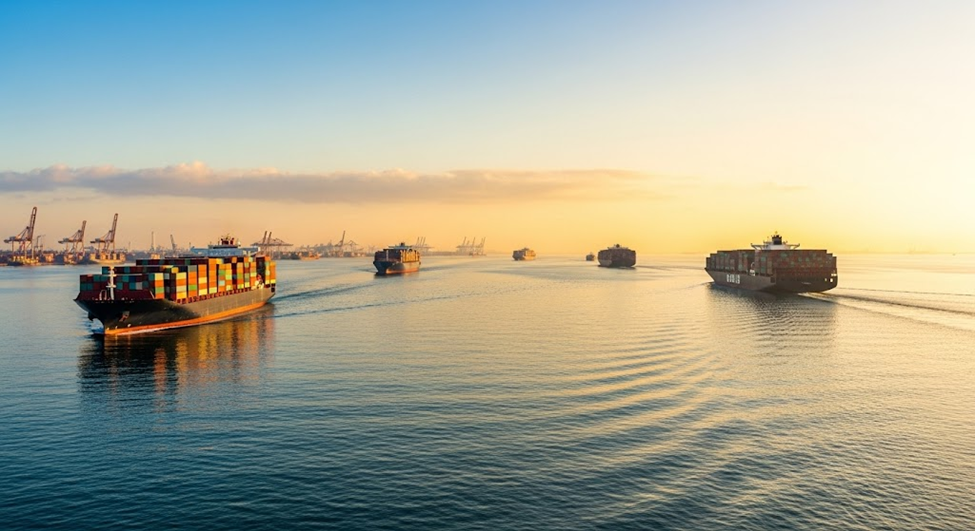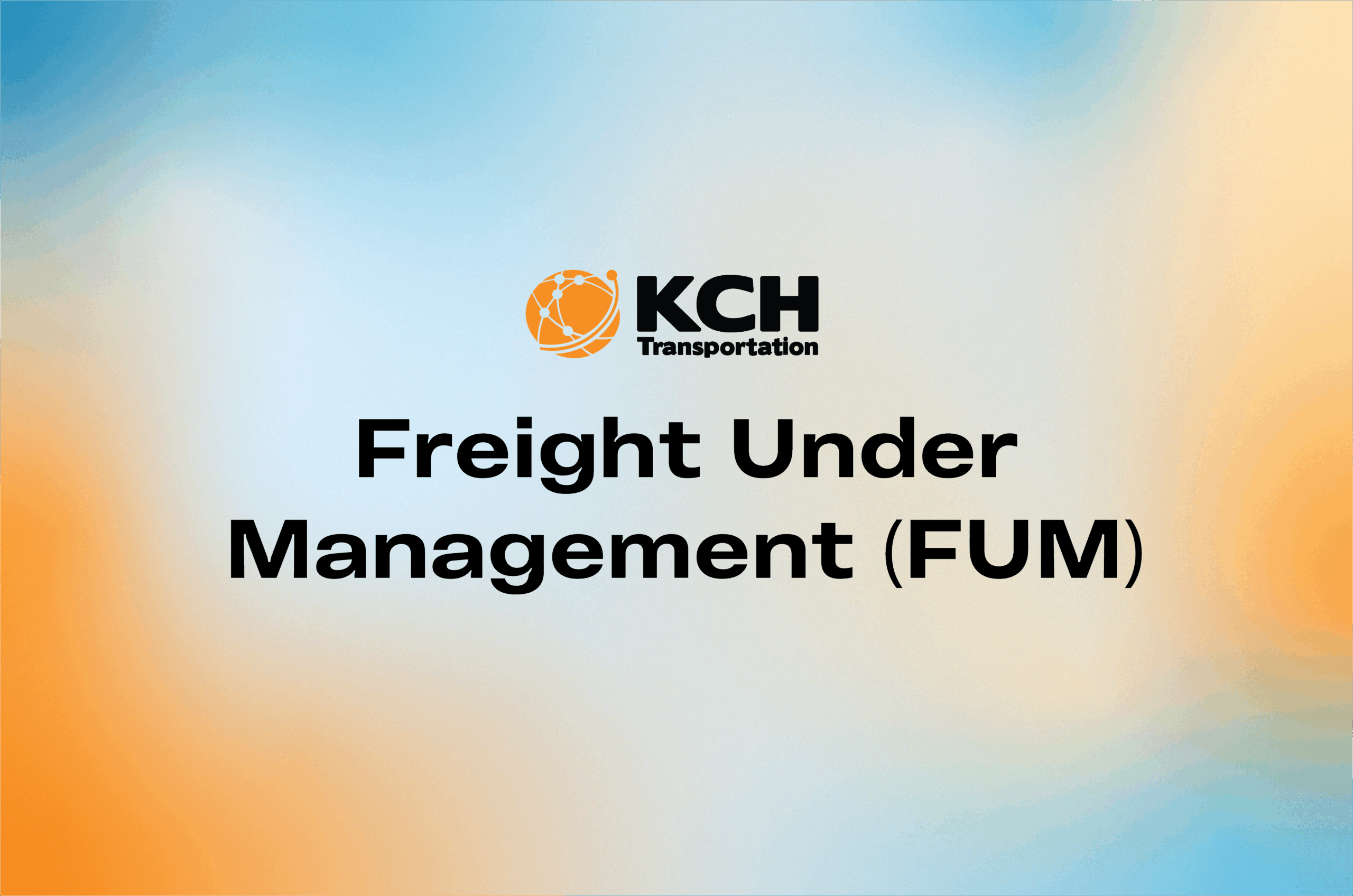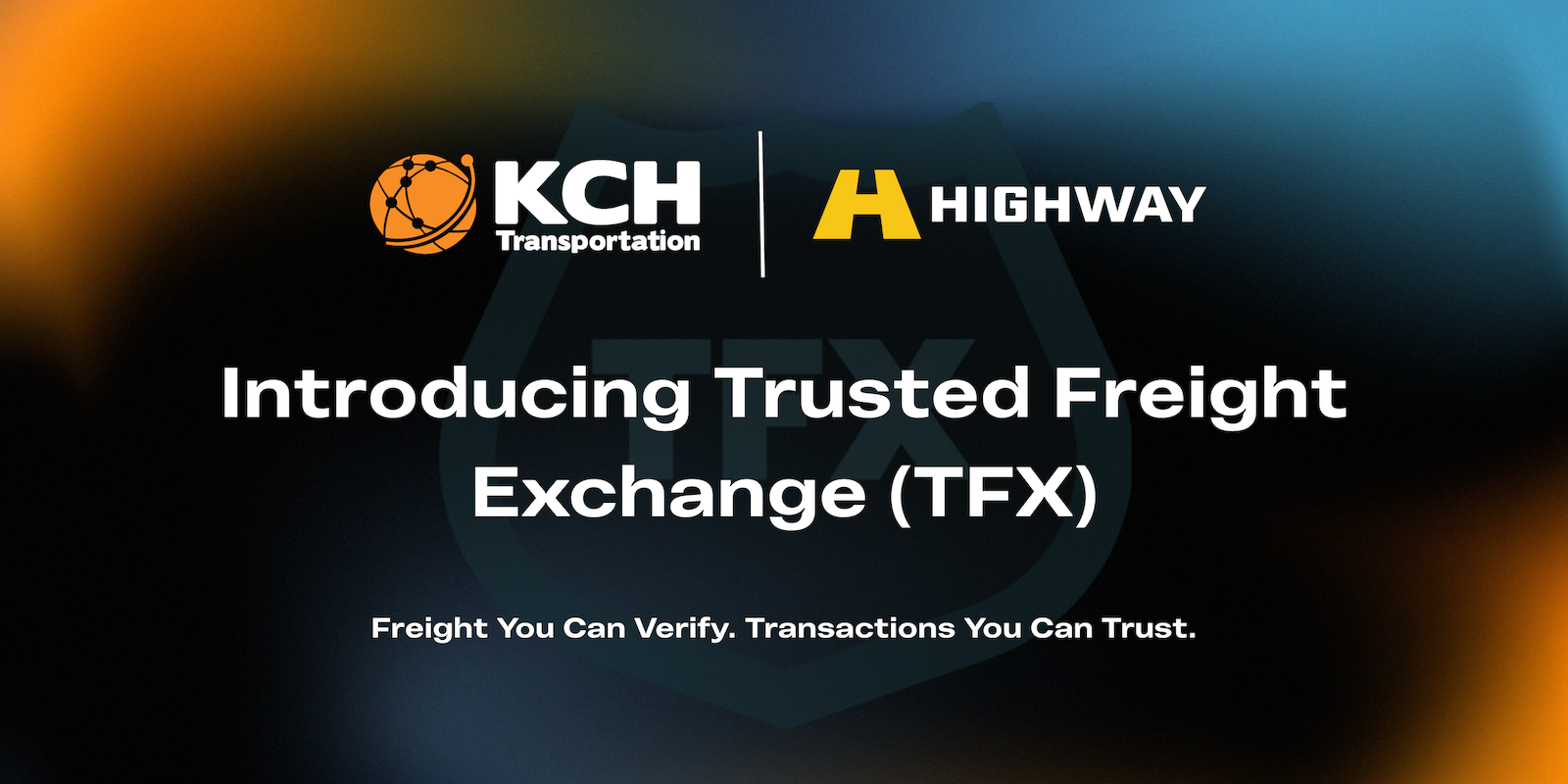US Trade Agreements Reshape Container Flow
Recent US agreements with its partners, including the EU and Japan, have established a 15% tariff as a baseline on most exports, with a 25% tariff levied on automotive exports.
While these agreements somewhat mitigated previous increases, the container volumes also suffered. Some instances: the trans-Atlantic freight observed a 7% year-on-year drop in volume right after the automotive tariffs came into place.
The Tariff Effect on Full Truckload Shipping
In the early months of the peak shipping season, ocean rates from Asia to the US West Coast spiked up to $6,000 per forty-foot equivalent unit (FEU) following a steep drop in tariffs on Chinese goods.
That sudden surge led to an increased demand for full truckload shipping as importers raced to move their cargo inland. In the same way, truck demand normalized as ocean rates dropped to around $2,300 per FEU by mid-July, creating a delicate balance of cost, timing, and capacity.
Intermodal Transportation Services Remain Flexible
Global freight volatility has shown the beauty of intermodal transportation services. As container volumes fluctuate in their highs and lows, shippers are well-versed in the mix-and-match of rail, truck, and ocean solutions as their hedge against uncertainty.
For example, US importers affected due to unstable Asia–Europe routes use intermodal systems for better routing of goods from the coastal ports to inland destinations, thus bypassing congestion and reducing cost.
Drayage Freight Faces Ripple Effects
Drayage freight has also felt fluctuations in port activity and altered trade agreements. The surge in imports from tariff-advantageous countries such as Vietnam and Indonesia has caused uneven cargo flows through major US ports.
Drayage carriers are adjusting their schedules and capacities in response to demand surges that occur whenever geopolitical trade patterns change. The extension of lower tariffs for more than 90 days could allow importers to increase their volumes again, which is a good way to help port drayage operations.
Final Thoughts: Staying Steady in Volatile Waters
Container rates in the ocean have presently calmed, masking deeper currents beneath. Tariffs, trade negotiations, and shifting demand cycles are rewriting the future of global shipping.
Early adaptation on the part of businesses through the utilization of intermodal transportation services, securing reliable full truckload shipping, and aligning with responsive drayage freight would best position them for what lies ahead.
Are you keen on strengthening your logistics strategy in today’s time? Then contact KCH Transportation for high-quality freight services.




